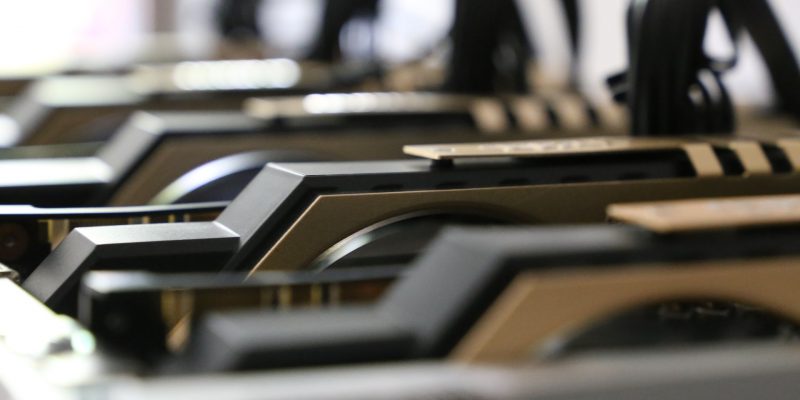In this 10th episode of the TECHunplugged Podcast, Scott Shadley (@SMShadley), Marketing Executive at NGD Systems, joins hosts Max Mortillaro (@darkkavenger) and Arjan Timmerman (@arjantim) for an insightful discussion about a potentially transformational event in the storage industry: the advent of computational storage.
To complement the podcast and get a deeper dive on the topic, we recommend that you get your own free copy of TECHunplugged Industry Insights early market research on Computational Storage, available here.
Show schedule:
- 00:00 Intros & presentation
- 00:30 Recapitulating on our encounter with Scott & NGD Systems
- 01:10 Arjan quotes our Industry Insights early market paper & how one of our quotes moved Scott
- 01:35 Scott covers his past experience and gets back to his feelings towards this transformational event
- 02:43 Arjan & Scott cover Scott’s journey in the storage industry
- 04:13 Max asks Scott about his take on the promise of computational storage, how we got there, and how it works
- 06:27 Max returns on his computational storage epiphany, mentioning his visit to the Computer History Museum and how computing architectures are fundamentally the same since the 60’s
- 07:49 Scott covers the genesis of computational storage as a tech, as a market segment, and as definition
- 09:15 Arjan gets back on Scott’s point and asks about whether there is an industry consortium and existing standards
- 10:42 Max covers the market segment and established actors, asking if there are more companies
- 11:35 Scott provides feedback on the question and talks about how the industry is coming together from the vendor, chip manufacturer and consumer perspective
- 1 4:01 Arjan asks about NGD Systems and the product readiness, customers, etc.
- 16:38 Storage Field Day and the « Aaaaah » moments. Is computational storage going to take off? What will be its markets?
- 19:20 Predictions for computational storage growth
- 20:00 The joy of witness a potentially huge transformation event in the industry
- 21:30 The use cases of computational storage – from NGD Systems’ perspective
- 23:30 Will the transformation of the car-making industry (move to semi/fully autonomous vehicles packed full with sensors) benefit to the computational storage industry? Will the computational market grow with this use case?
- 25:30 Closing the discussion & Thanks
Podcast: Play in new window | Download
Subscribe: Apple Podcasts | RSS | More










